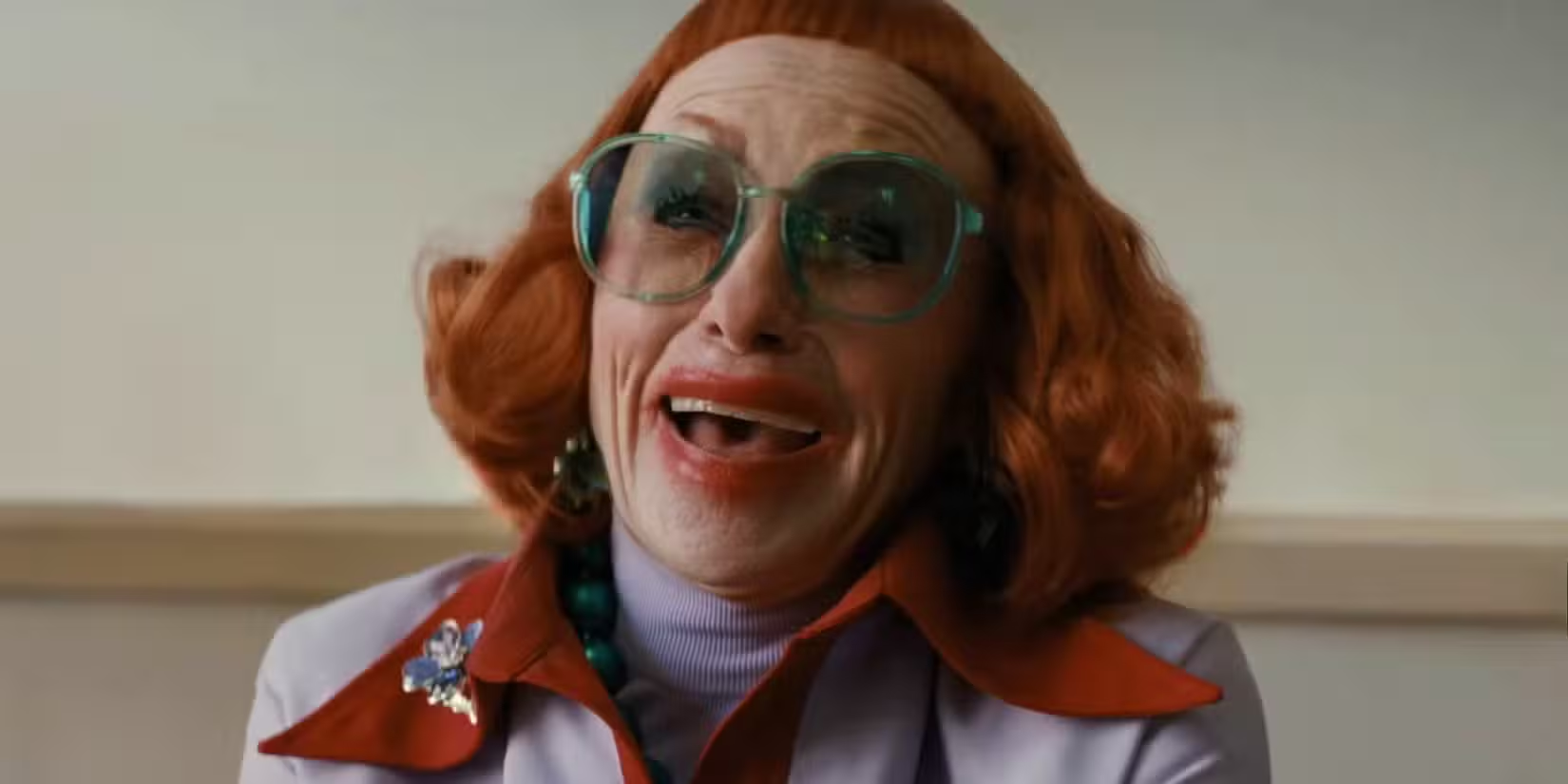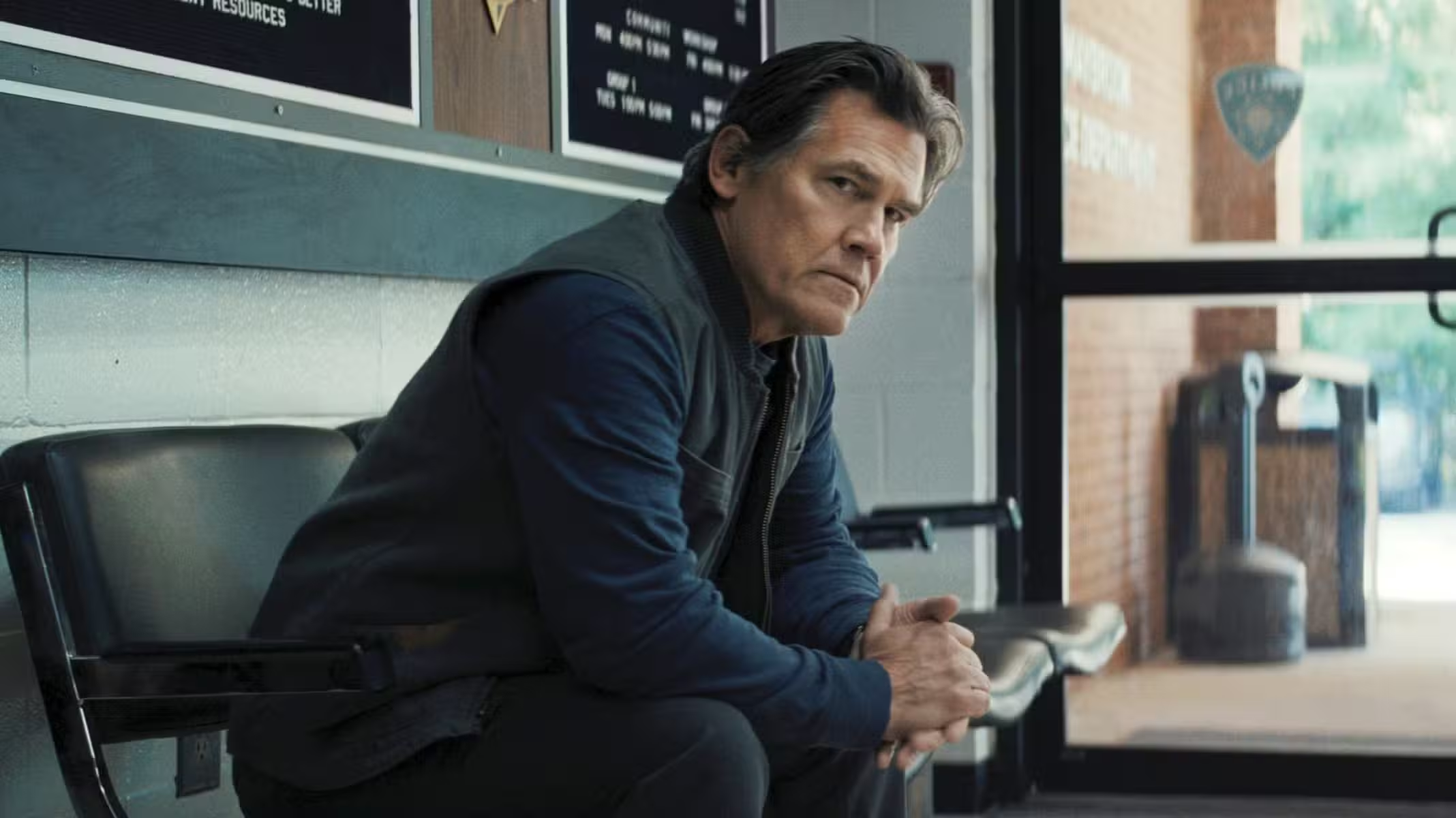7 Minutes
An appetite for mystery: how Weapons turned ambiguity into an asset
Zach Cregger’s Weapons arrived like a whisper that turned into a roar. Starring Julia Garner, Josh Brolin and Amy Madigan, the film opens with a jaw-dropping premise — 17 schoolchildren vanish from a small town — and refuses the neat closure many modern horror films sprint toward. Instead, Cregger chooses restraint: he resolves the central catastrophe but keeps dozens of smaller mysteries intentionally untied. That decision, far from being a failure of storytelling, is a deliberate strategy that has amplified word-of-mouth, streaming potential and even franchise possibilities.
What Cregger didn’t show is what keeps people talking
It’s tempting to measure a movie’s success purely in opening-weekend dollars, but Weapons proves a subtler point: unresolved narrative threads fuel cultural conversation. The film’s visceral imagery — a grotesque mix of practical gore and sly cartoonish comedy — guarantees attention in the short term. But it’s the lingering questions about characters like Amy Madigan’s Aunt Gladys that keep audiences dissecting scenes days, weeks and eventually months later.
Gladys functions as Weapons’ most compelling mystery. She claims to be an aunt, yet behaves like a parasitic witch who siphons vitality from children. The film gives clues — a blackthorn tree as a conduit, control through personal items, murder via hair — but never explains how Gladys acquired this power, why she targets school-aged children, or how long she has existed. Those omissions are not sloppy; they’re a creative investment in the film’s afterlife.
Ambiguity vs. frustration: a delicate balance
Cregger walks a tightrope. Too much ambiguity risks alienating audiences; too little risks flattening debate. He balances by tying off the major emotional arcs (where are the kids? who’s responsible?) while leaving mythic mechanics and background motives for viewers to decode. That approach invites repeated viewings and fan theorizing without sacrificing emotional payoff for the casual audience that experiences the film once in theaters.

How uncertainty fuels commercial life — theatrical, VOD, streaming
Ambiguity is commercially savvy in the streaming era. Movies that reward repeat viewings typically perform well on platforms where pausing, rewinding and close analysis are possible. When Weapons lands on streaming — widely expected to be a top-performer on services like HBO Max — its many open threads will encourage binge-like scrutiny. Fans will rewatch to catch clues, debate online, produce explainer videos and keep the title trending long after its theatrical window closes.
This pattern mirrors other recent mystery-driven successes: think the cultural tail of Get Out, which combined a clear central mystery with symbolic layers that scholars and fans mined for months, or the sustained fandom around Don’t Look Up’s satirical ambiguities. Weapons fits squarely within that lineage of films that become 'living texts' rather than one-off experiences.
Comparisons and cinematic lineage
Weapons sits among contemporary “elevated horror” that blends social ideas with genre mechanics. Julia Garner’s presence evokes her work in gritty, layered character dramas, while Josh Brolin brings the kind of patriarchal gravitas he’s honed in films like No Country for Old Men. Amy Madigan’s Aunt Gladys recalls the ambiguous villains of Robert Eggers’ films and the folkloric predators in Ari Aster’s work — not by copying their style but by adopting the same appetite for mythic uncertainty.
That deliberate incompleteness also parallels TV series that expanded through ambiguity — series like True Detective (season 1) or Twin Peaks — where mysteries and mythology propelled communal theorizing and long-term fandom.
Behind the scenes and fan reception
On set, Cregger favored practical effects and surreal images over explicit exposition. One often-discussed moment is Archer Graff’s floating gun dream: an arresting visual Cregger says wasn’t meant to be explained so much as felt. Casting choices amplified the film’s tonal complexity; Garner’s understated intensity contrasts with Madigan’s deliciously unmoored menace, while Brolin keeps the world tethered to a human reaction.
Fans have already started theorizing: some insist Gladys is an ancient witch bound to the town, others argue she’s a supernatural parasite fed by unresolved trauma. Theories proliferate on social media and forum threads, and those conversations have become free marketing — organic buzz that keeps ticket sales and search interest high.
Expert take
"Ambiguity in genre cinema can feel risky, but when handled like Cregger does in Weapons, it becomes an engine for cultural engagement," says cinema historian Lena Ortiz. "By answering the emotional questions and withholding mythic specifics, the film creates a space for audiences to become collaborators in meaning-making."
Franchise potential and creative possibilities
Unanswered questions naturally seed expansions. Cregger has signaled openness to returning to this universe; with so many unexplored backstories, there’s room for a prequel centered on Aunt Gladys, a spinoff that follows one of the rescued children, or a darker anthology that probes the town’s history. From a studio perspective, a film that doubles as a franchise incubator is attractive: the intellectual property can extend to novels, comics, and serialized streaming content.

Critical perspectives: what to watch for next
Critics and scholars should watch for how future projects handle balance. A Gladys prequel may need to reveal more without draining the character’s mystique. Similarly, marketing for streaming release will be decisive: trailers that allude to mysteries without over-explaining will keep the conversation alive.
There’s also a cultural dimension. Weapons taps into contemporary anxieties about missing children, degraded institutions and untrustworthy elders. Its uncanny blend of gore, satire and folklore is part of a broader trend in horror that uses genre trappings to explore social wounds.
Conclusion: why unanswered questions are often the best answer
Weapons proves that restraint can be as theatrical as spectacle. Zach Cregger’s choice to leave much unexplained transforms the film into a communal puzzle and gives it a longer shelf-life across theaters, streaming, and fan culture. Rather than view ambiguity as a flaw, see it as a creative strategy: it turns passive viewers into active interpreters, extends commercial potential, and opens the door to a universe worth revisiting. For lovers of mystery horror, Weapons doesn’t close its doors — it invites you back in to look longer.
Source: screenrant


Leave a Comment